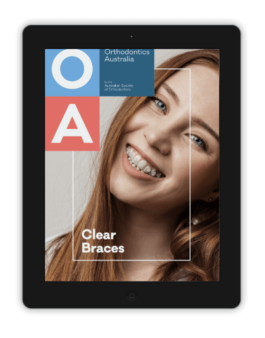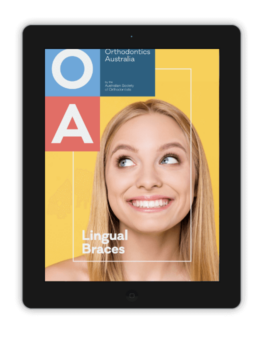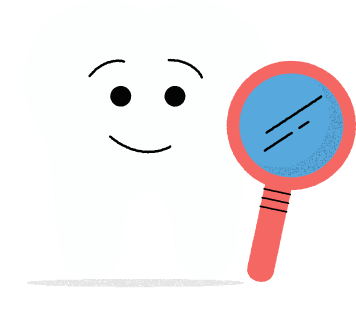Resources
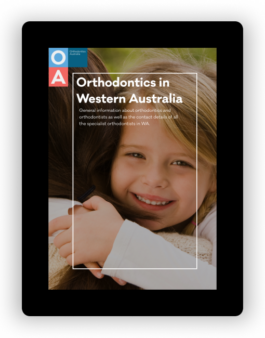
Orthodontics in WA
This brochure includes a directory list of registered orthodontists located in Western Australia who are members of the Australian Society of Orthodontists
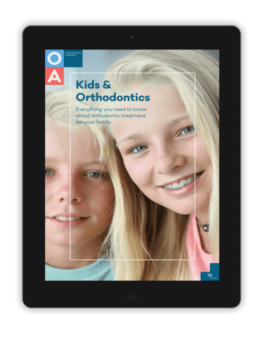
Kids & Orthodontics eBook
Everything you need to know about orthodontic treatment for your family.
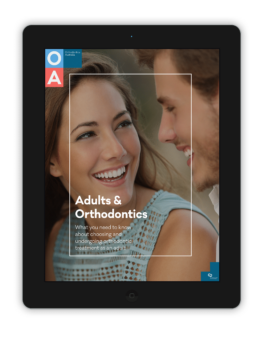
Adults & Orthodontics eBook
Everyone wants to have a beautiful, confident smile – no matter their age.

An Expert’s Guide to Clear Aligner Treatment eBook
Everything you need to know about clear aligner treatments.
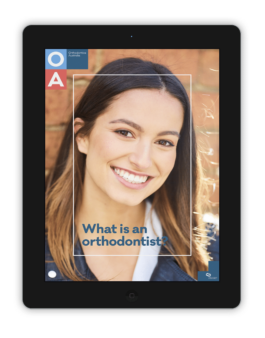
What is an orthodontist?
This fact sheet will help you to understand exactly what an orthodontist is.

What to do before and after getting braces
This fact sheet will help you to make the most of your orthodontic treatment.

